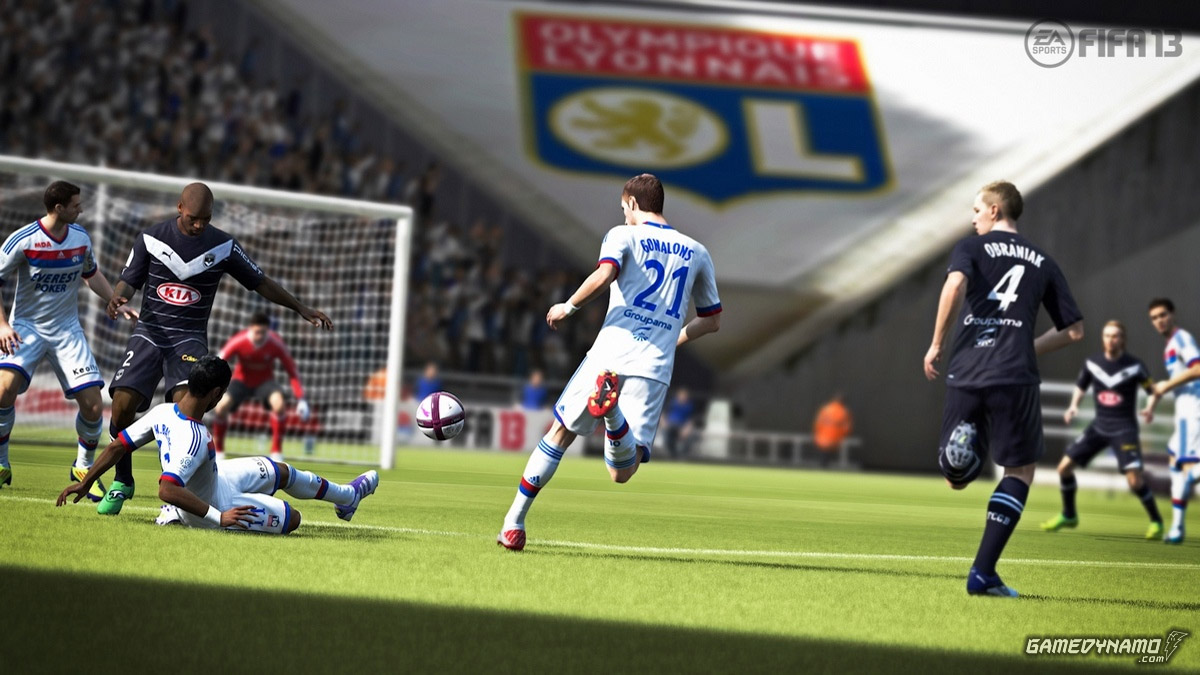Nintendo has a long historical past as the reigning king of transportable gaming. First there was the wildly widespread Sport Boy model, including Sport Boy Pocket, Recreation Boy Color, and Recreation Boy Advance. Sport Boy was finally replaced by the Nintendo DS, which has been the most well-liked handheld online game system in historical past, promoting greater than a hundred and forty four million items in seven years. Now, the Nintendo DS is being replaced by the 3DS, a extra sophisticated system that may play DS games in, you guessed it, 3D. The 3DS incorporates a three-dimensional show, letting you get pleasure from moveable video video games with visual depth, with out having to wear 3D glasses. At $249.ninety nine (checklist), it's the most expensive Nintendo portable sport system, and with a 3D-display expertise that's never been used in client products to this point, it is a very huge danger for Nintendo.
The 3D poses another potential problem for Nintendo: unhealthy memories. While it's produced the most po[censored] r transportable video game methods on the planet, it additionally produced a massive flop: the Virtual Boy. In 1995, the corporate released its first 3D gaming system, an unwieldy set of tripod-mounted goggles that offered stereoscopic 3D in a harsh pink and black display. It grew to become notorious for giving gamers complications after enjoying for only some minutes at a time, and was a commercial and demanding failure. Ever since Nintendo announced the 3DS, players have been anxious that it could be a rehash of the Digital Boy's failings, and change into an unusable wreck of a system. Happily, that's not the case here, and the 3DS as an alternative stands out as a really effectively-executed handheld gaming system with a surprisingly compelling 3D display-it's a simple Editors' Alternative for portable gaming systems.
Design
At first look, the 3DS is sort of identical to the DS Lite and DSi ($149.ninety nine, 3.5 stars). It is the identical easy, plastic, clams[censored] rectangle with twin screens, a route pad, and varied management buttons. It's the small particulars that matter, and whenever you start counting them the 3DS rapidly becomes a completely completely different beast.
Essentially the most notable physical variations on the 3DS are the analog management pad, the bigger, higher 3D display screen, and the two-lens 3D camera. From a pure gameplay perspective, the analog pad is one of the best addition to the 3DS. It's a concave rubber circle that may slide round in a circular space, like the Sony PlayStation Transportable's analog pad. But it surely's much more comfortable than the PSP's pad, sitting naturally under your thumb and providing just the best mixture of firmness and springiness.
View Slideshow See all (13) slides
Nintendo 3DS : Angle
Nintendo 3DS : High
Nintendo 3DS : Speakers
Nintendo 3DS : Left
The top screen, although, is what offers the 3DS its name. It is a vast-angle, 3.5-inch, glasses-free 3D LCD that makes use of a particular visible filter to send two different angles of view into your eyes. It's like a high-tech, digital version of lenticular 3D. The 3D display has a resolution of 800 by 240, but since that is break up across two eyes, its effective decision is 400 by 240. The lower, 3-inch contact screen has a four:three side ratio and a 320-by-240 decision, a step up from the unique DS's 256-by-192-pixel screens. A slider swap on the fitting edge of the 3DS controls the depth of the 3D effect, or can disable it altogether.
Lastly, as an alternative of one digicam on the again panel, there are two that work in tandem to provide 3D photos. The front-going through VGA-decision digicam for consumer photos continues to be a single-lens element that may solely capture 2D photos. This time it's situated above the higher display as an alternative of on the interior hinge, like on the DSi.






 Pokemon X & Y Guide: Pokemon in Connecting Cave - GamersHeroes
Pokemon X & Y Guide: Pokemon in Connecting Cave - GamersHeroes . Plays July 15, 2012
. Plays July 15, 2012 The Legend Of Zelda Skyward Sword Finding Kukiel
The Legend Of Zelda Skyward Sword Finding Kukiel World of Warcraft: Auction House Bot
World of Warcraft: Auction House Bot .s picks of E3
.s picks of E3